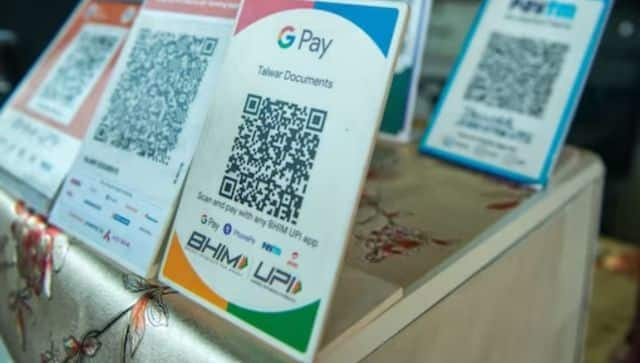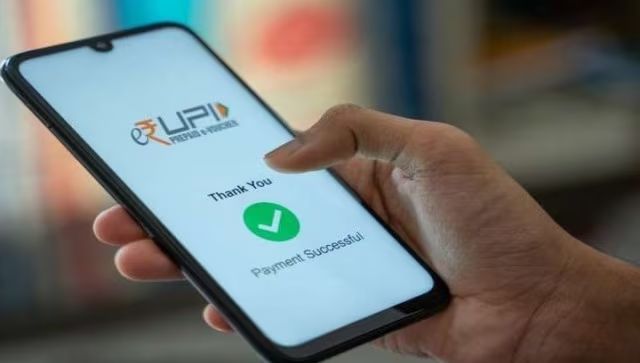With its ability to facilitate instantaneous money transfers via mobile devices, the Unified Payments Interface (UPI) has quickly become India’s most popular payment method. In August 2023, it achieved a significant milestone when it surpassed 10 billion transactions. A senior official at the National Payments Corporation of India (NPCI) has even predicted that the country has the potential to process 100 billion UPI transactions per month. To further enhance the scope of the real-time payment system, the Reserve Bank of India (RBI) announced some measures and changes that were applicable starting 1 January 2024. Here’s a look at the changes. Inactive UPI deactivation The NPCI has asked payment apps such as Paytm, Google Pay, PhonePe, and banks to deactivate UPI IDs and numbers that have not been used for more than a year, reported News18. If a UPI ID or linked mobile phone isn’t used for transactions for more than a year, they will be deactivated. This is an attempt to prevent demat accounts and potential misuse. [caption id=“attachment_13480812” align=“alignnone” width=“640”] NPCI is an umbrella organisation for all retail payment systems in India. UPI is used for immediate money transfer through mobile devices round the clock. Freepik[/caption] Higher transaction limits For UPI transactions, the NPCI has set a new maximum daily payment limit of Rs one lakh. On 8 December, however, the RBI raised the UPI transaction limit to Rs five lakh for healthcare and educational institutions. The previous transaction limit was one lakh rupees. UPI for Secondary Market The NPCI announced that ‘UPI for Secondary Market’ will soon enter its Beta phase. Important parties are working together to enable a small number of pilot customers to block funds, which are deducted at settlement upon transaction confirmation, and payouts are handled by Clearing Corporations on a T1 basis, as per Hindustan Times. Four-hour window limit The first payment over Rs 2,000 between users who haven’t transacted previously is predicted to have a four-hour time limit, according to reports, to reduce the rising number of cases of online payment fraud. It is said that the “Tap and Pay” feature would soon be available to UPI users. But there hasn’t been an official announcement yet. [caption id=“attachment_12898352” align=“alignnone” width=“640”]
 Daily UPI transactions are likely to reach one billion by 2026-27. News18 (Representational Image)[/caption] UPI ATM The RBI plans to roll out UPI ATMs across the country. These ATMs allow you to take out cash straight from your bank account by scanning a QR code. Hitachi Payment Services will be launching the first-ever UPI ATMs in India in collaboration with NPCI. Interchange charge Early in 2023, this modification was announced. An interchange fee of 1.1 percent would be charged for particular merchant UPI transactions over Rs 2,000 that are made using prepaid payment instruments (PPI) such as online wallets. Customers need to understand that there will be no hidden fees when they transact. Other crucial changes this New Year No paper-based KYC for SIM cards: Starting 1 January 2024, mobile phone users will be able to obtain new SIM cards without having to complete paper-based know-your-customer (KYC) procedure, said the Department of Telecommunications (DoT), as per Livemint. “Considering various amendments and changes made in the existing KYC framework from time to time, it has been decided by the competent authority that the use of Paper-based KYC process, as envisaged in instructions dated 9 August 2012 shall be discontinued effect from 1 January 2023,” the notice stated. Vehicle prices increased: Several Indian automakers have declared their intention to raise the prices of their passenger cars starting in January 2024, including Maruti Suzuki, Mahindra & Mahindra, and Audi India.
Daily UPI transactions are likely to reach one billion by 2026-27. News18 (Representational Image)[/caption] UPI ATM The RBI plans to roll out UPI ATMs across the country. These ATMs allow you to take out cash straight from your bank account by scanning a QR code. Hitachi Payment Services will be launching the first-ever UPI ATMs in India in collaboration with NPCI. Interchange charge Early in 2023, this modification was announced. An interchange fee of 1.1 percent would be charged for particular merchant UPI transactions over Rs 2,000 that are made using prepaid payment instruments (PPI) such as online wallets. Customers need to understand that there will be no hidden fees when they transact. Other crucial changes this New Year No paper-based KYC for SIM cards: Starting 1 January 2024, mobile phone users will be able to obtain new SIM cards without having to complete paper-based know-your-customer (KYC) procedure, said the Department of Telecommunications (DoT), as per Livemint. “Considering various amendments and changes made in the existing KYC framework from time to time, it has been decided by the competent authority that the use of Paper-based KYC process, as envisaged in instructions dated 9 August 2012 shall be discontinued effect from 1 January 2023,” the notice stated. Vehicle prices increased: Several Indian automakers have declared their intention to raise the prices of their passenger cars starting in January 2024, including Maruti Suzuki, Mahindra & Mahindra, and Audi India.
To enhance the scope of the UPI transactions, the Reserve Bank of India (RBI) announced some measures and changes that were applicable starting 1 January 2024. This includes deactivation of unused UPI IDs/linked mobile number, increasing transaction limits, and cash withdrawals via QR code
Advertisement
End of Article


)

)
)
)
)
)
)
)
)



